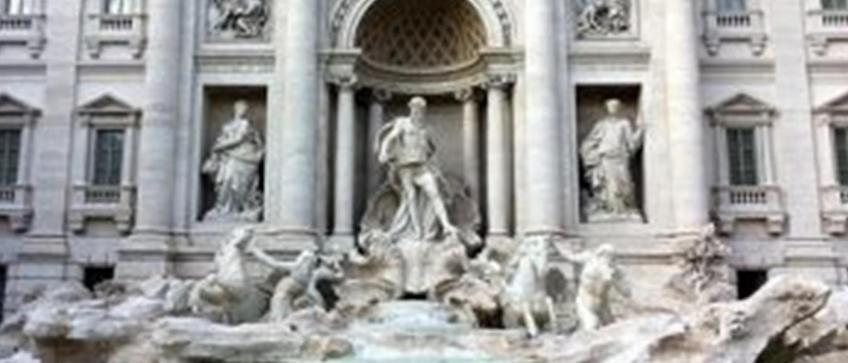Call us now: +5999 6637989
100 Best Things to do in Italy 13 / 32

It is difficult – if not impossible – to limit a list of things to do in Italy to 100, and even more difficult to put them in order of descending significance or entertainment value: home to Phoenicians, Carthaginians, Etruscans, Greeks and Romans, with islands as diverse as dour Sicily and African-influenced Pantelleria and cultures as far apart as Renaissance Venice and the prehistoric Trulli in Alberobello, Italy is a vibrant and colorful hotch-potch, a land of stark and passionately defended contrasts.
Let’s continue the count…
35. Pantelleria (Sicily)
The island of Pantelleria in the Strait of Sicily, officially part of Italy, is actually closer to Tunisia than to Sicily and Tunisia can be seen from its shores on a clear day. Pantelleria`s few coves and beaches are only accessible by boat, possibly the reason it has largely escaped the eye of the tourist industry. With many hot springs and fumaroles related to volcanic activity as well as natural spas and mud baths, the island is a natural wellness resort as well as an ideal venue for trekking, diving, mountain biking and fishing.
Pantelleria has its own airport, alternatively the island can be accessed by ferry from Trapani, Sicily in just over 2 hours.
36. Trevi Fountain (Rome)
No visit to Rome would be complete without a view of the famous “Fontana di Trevi”, the termination of the Aqua Virgo Aqueduct (19 BC), built at the junction of three roads which gives it its name (“tre vie”). Built between 1732 and 1762, at 26.3 metres high and 49.15 metres wide, it is the largest Baroque fountain in Rome and one of the largest in the world.
Visitors to Trevi fountain should be aware that it is one of Rome’s major tourist attractions and that, though the fountain itself is enormous, the square which houses it is not. Major crowds are to be reckoned with. That said, it is a quite stupendous sight and well worth a visit. Access is best via metro from Rome’s Termini railway station (13 minutes, exit Piazza di Trevi).
37. Chocolate Festival Perugia
Approximately 170 km north of Rome in central Italy lies the city of Perugia, the capital of the Umbrian region. Now largely a university city, it was established as a town during Roman times, though many parts of it were repeatedly destroyed by wars and earthquakes and had to be rebuilt. It has its share of Roman and mediaeval architecture (particularly interesting are the “Whispering Arches” in the Provincial building on the Piazza Italia) and a number of museums, but is particularly well-known for its festivals: the Umbria Jazz festival (July), the annual Festival of Journalism (April) and the Eurochocolate festival (October), which attracts around 900,000 visitors annually.
For chocolate lovers of any age, this international festival is a must and a great opportunity to buy sweet gifts and mementoes. Perugia can be reached by train or car from Rome in around 2 ½ hours. It has its own airport.
Source: https://www.jenreviews.com/
- Log in to post comments
